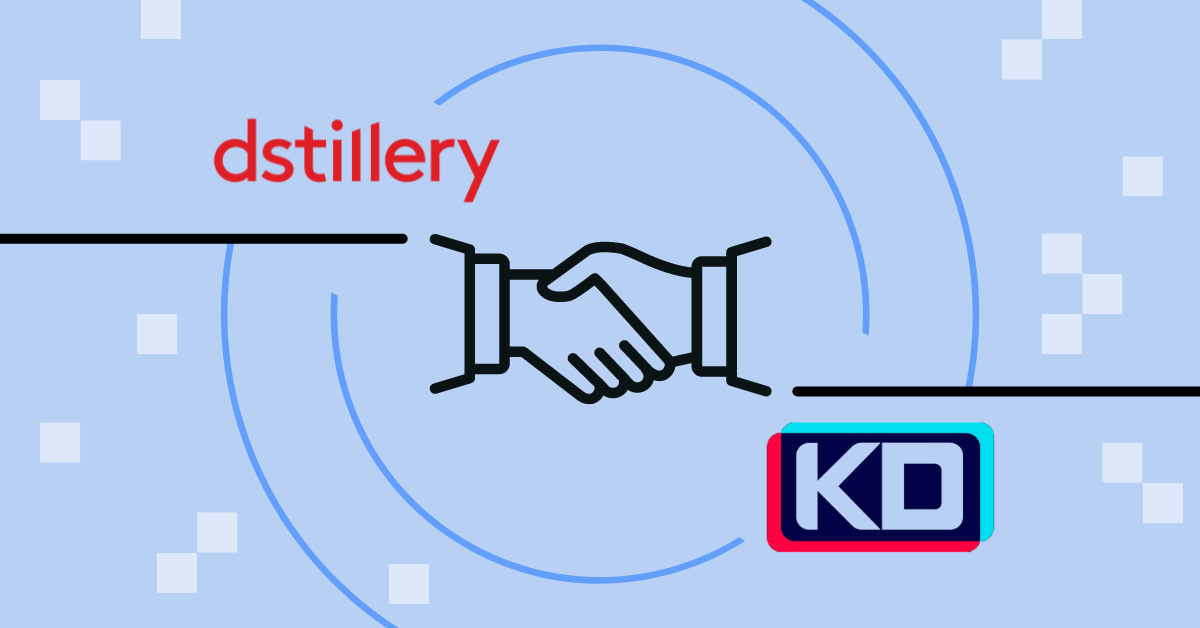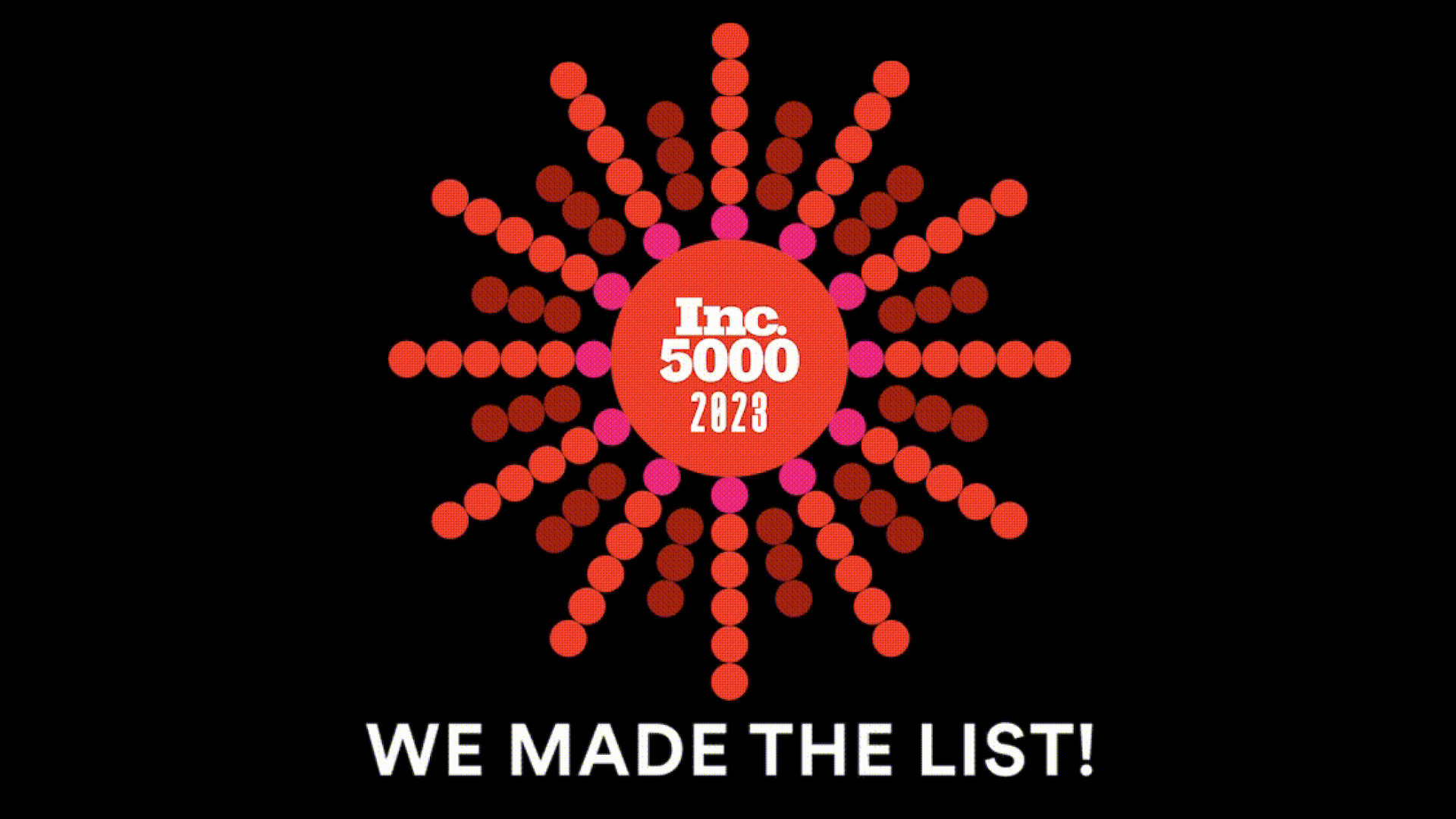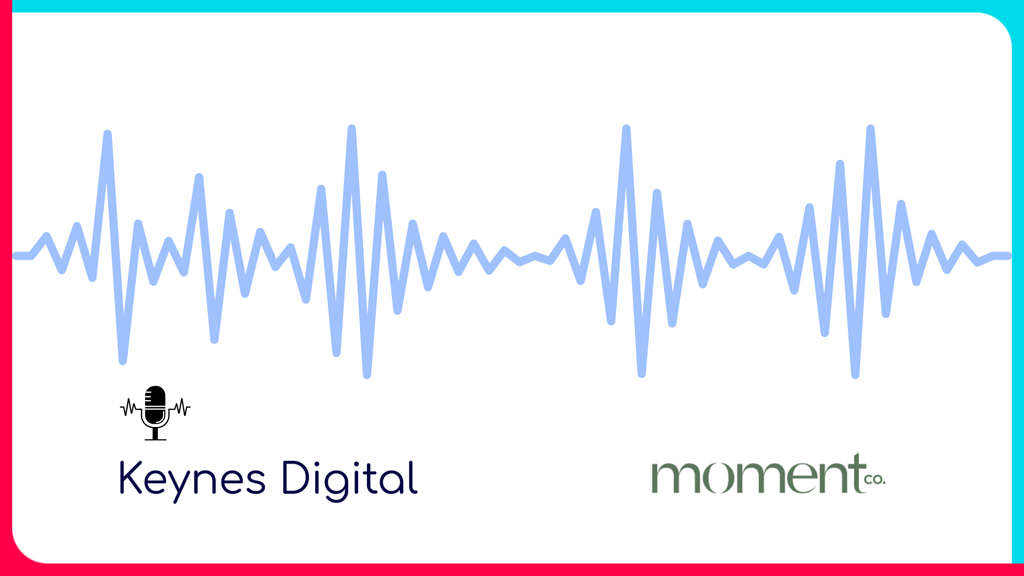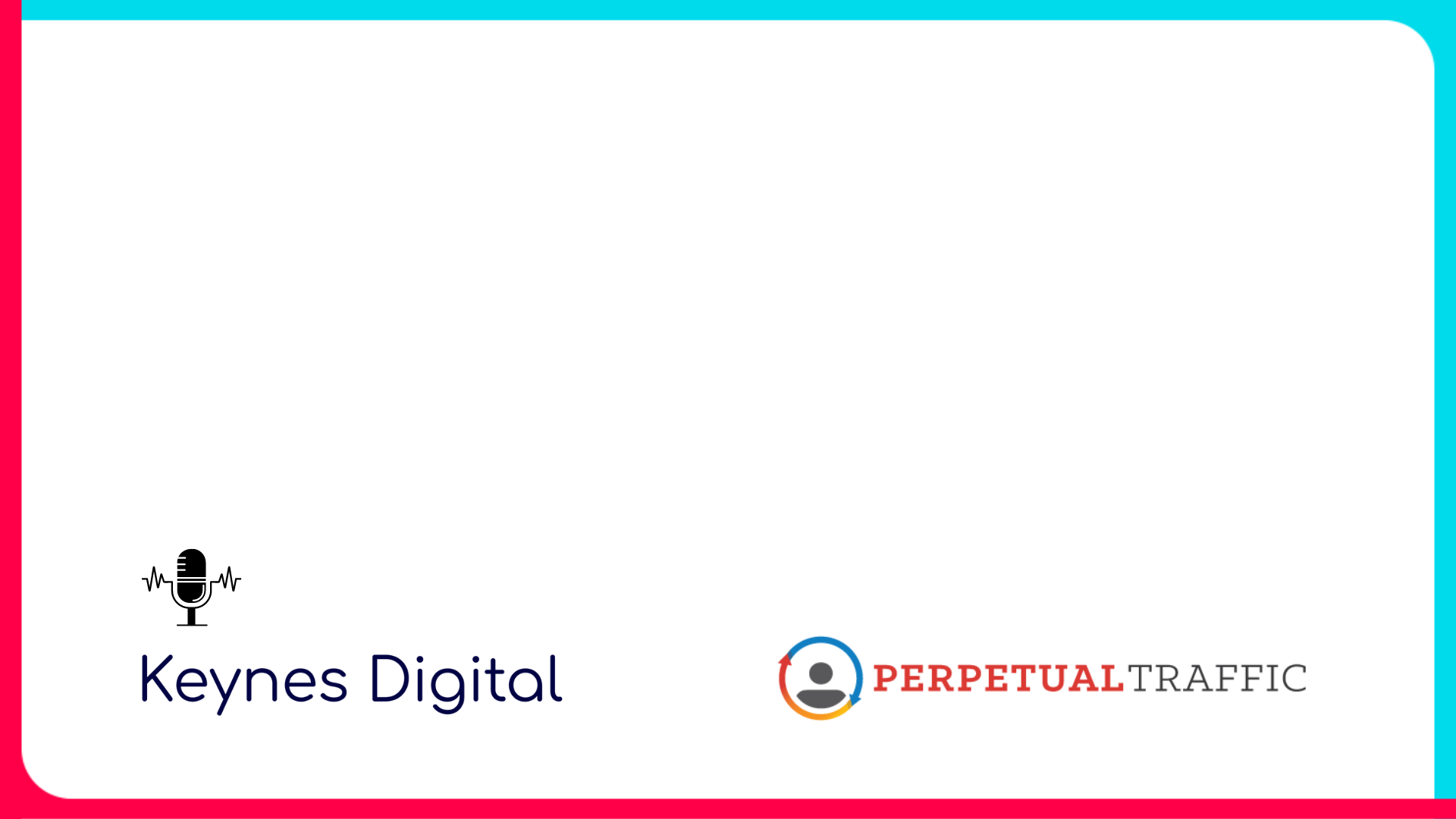Retargeting Ads in Programmatic Advertising
What is Retargeting Advertising?
Understanding the importance of retargeting site visitors is crucial for advertisers. Site visitors are found to be 70% more likely to convert with a retargeting tactic. In layman’s terms, the retargeting definition is creating advertisements to connect to those who have already left a website. During the first visit, the site guest may not have been ready to purchase. Retargeting ads aim to sway that existing site visitors to purchase on a subsequent visit. Some of the most effective platforms in which an advertiser can retarget audiences are search engines, websites, audio, and even Connected TV/OTT.
For retargeting ads to encourage the prior site visitor to make the conversion, the brand must create or display relevant creative assets that engage and push their site visitors to return to the site. The retargeting ad typically uses ad types like banner ads that consist of text, images, video, or audio to remind the consumer of their prior visit and to return.
The fundamental way that a retargeting ad would develop an ad is to use cookies. Once a remarketing pixel is placed on every page of a site, a cookie is tagged on the user’s browser. The benefit of cookie retargeting is to track their site journey and immediately serve users with an ad. These cookies are considered the advertiser’s first-party data that store the user’s data on a web browser after the user visits a specific website. The cookies remember their unique user ID or Global User ID (GUID) to log onto the site and the user’s onsite activities. The first-party data collected from these cookies assist in helping advertisers and agencies serve users targeted ads to increase conversion rates.
Many may also hear remarketing vs retargeting, but they’re interchangeable meanings. The remarketing definition, or the retargeting definition, is a way for advertisers to connect with their previously interactive site visitors or cart abandoners. Therefore, a remarketing strategy or a retargeting strategy is crucial in achieving a campaign’s goal of keeping users engaged. Retargeting cart abandoners with relevant ads can increase conversion rates by up to 26%.
Retargeting Strategy
How effective is retargeting? An advertiser must first build a solid retargeting strategy or media plan to retarget their perfect audience. This consists of retargeting specific and interested demographics with the advertiser’s ad campaigns. An advertiser’s goal is to get these consumers to drive down the marketing funnel. Though the ads may not aim to make instant and quick conversions, it’s an effective retargeting marketing strategy because of a variety of things depending on the advertiser’s campaign goal:
- Brand retention
- Brand recall
- Increase Return on Ad Spend (ROAS)
- Increase Click-Through Rate (CTR), among many others
Even as advertisers continue to retarget or connect with their consumers to encourage them to convert the relationship will build trust. For example, over 30% of consumers have a “positive” or “very positive” opinion of retargeted ads and appreciate being reminded of products they were once interested in pursuing.
There are various ways a retargeting strategy can perform based on the campaign goal, such as featuring short-term ads with limited-time specials or deals. The retargeting ads should involve a direct and personal message on any platform the user uses. And as part of any effective retargeting marketing strategy, an advertiser wants to provide a sense of urgency or Call To Action (CTA) that encourages current site visitors to convert into customers. For example, in a survey by Leadpages, the agency found that Facebook users were 76% more likely to click on retargeted ads.
The Types of Retargeting Ads
Advertiser’s marketing strategies vary per brand and audience. With any retargeting strategy comes different types of retargeting ads to serve a purpose. Two retargeting methods include the following:
1. Behavioral Retargeting
In behavioral retargeting, the advertiser engages with the previously interactive site visitor based on their onsite activity or actions. To do this, a remarketing pixel is placed on one or all pages of an advertiser’s website. As the user lands on the site, the pixel sets a cookie in the user’s browser that then tracks the visitor’s journey through the advertiser’s site. Here, the advertiser can analyze the activity and determine which creative retargeting campaign to serve the user once no longer on the site.
2. Contextual Retargeting
In contextual retargeting, sites outside large advertising sites share similar or identical user interests to exchange pixel or cookie data. For instance, a user leaves one clothing site and lands on another. The advertiser from the first site can serve the retargeting campaign to the user on the second site visited. This method is effective for brands looking to reach specific audiences while keeping the Cost Per User low.
Additionally, some effective programmatic advertising channels that make retargeting an existing site visitor successful include Connected TV Advertising / OTT Advertising, Display & Native Advertising, Audio Advertising, and Video Advertising. Advertisers can use cross channel remarketing methods and cross screen remarketing methods by sending their existing site visitors specific creative campaigns, whether the user converted on your site or not. This tactic helps guide the following metrics:
- Reach and maintain a broader audience.
- Continue brand message and a continued story.
- Drive engagement, Click-Through Rates, and new site visitors/potential customers with a targeted audience.
- Drive more conversions and Return on Investment.
Overall, site retargeting ads are seen to be able to lift ad engagement rates to 400%. Display vs retargeting ads should be considered for any advertiser remarketing strategy.
Retargeting Competitor
Facebook is a well-known competitor in retargeting within the advertising industry. Like many other sites for retargeting advertisers, Facebook retargeting software makes the process automated and uses pixel tracking, and the tool tracks engagement with the brand for each user. According to Facebook for Business, advertisers can manually enter customers into their database. However, Facebook retargeting software is also found to be more challenging than user-friendly to manage.
Additionally, as with everything else, advertisers must personally create a Facebook retargeting strategy on their platform. This type of platform that provides zero guidance typically is not always easy to follow for novices. A common complaint about Facebook retargeting tools is the expense. The cost may be out of budget for smaller agencies and the margin for error is greater for an advertiser to lose on their Return on Investment (ROI). As we work with many brands to deliver low Cost Per User, Keynes believes advertisers should rely on established agencies to assist with retargeting ad tracking and generation.
Keynes manages retargeting goals better on every programmatic channel for you and optimizes daily reports to ensure our clients are seeing a return. We work towards retargeting users who have shown interest in your brand to even prospecting users who have not yet been exposed to your brand.
Industry Expert Insights
We are your high-touch, performance-focused streaming TV and programmatic advertising partner. Our team of experts and a one-of-a-kind data-driven platform connects you to the best streaming TV marketing strategies.












